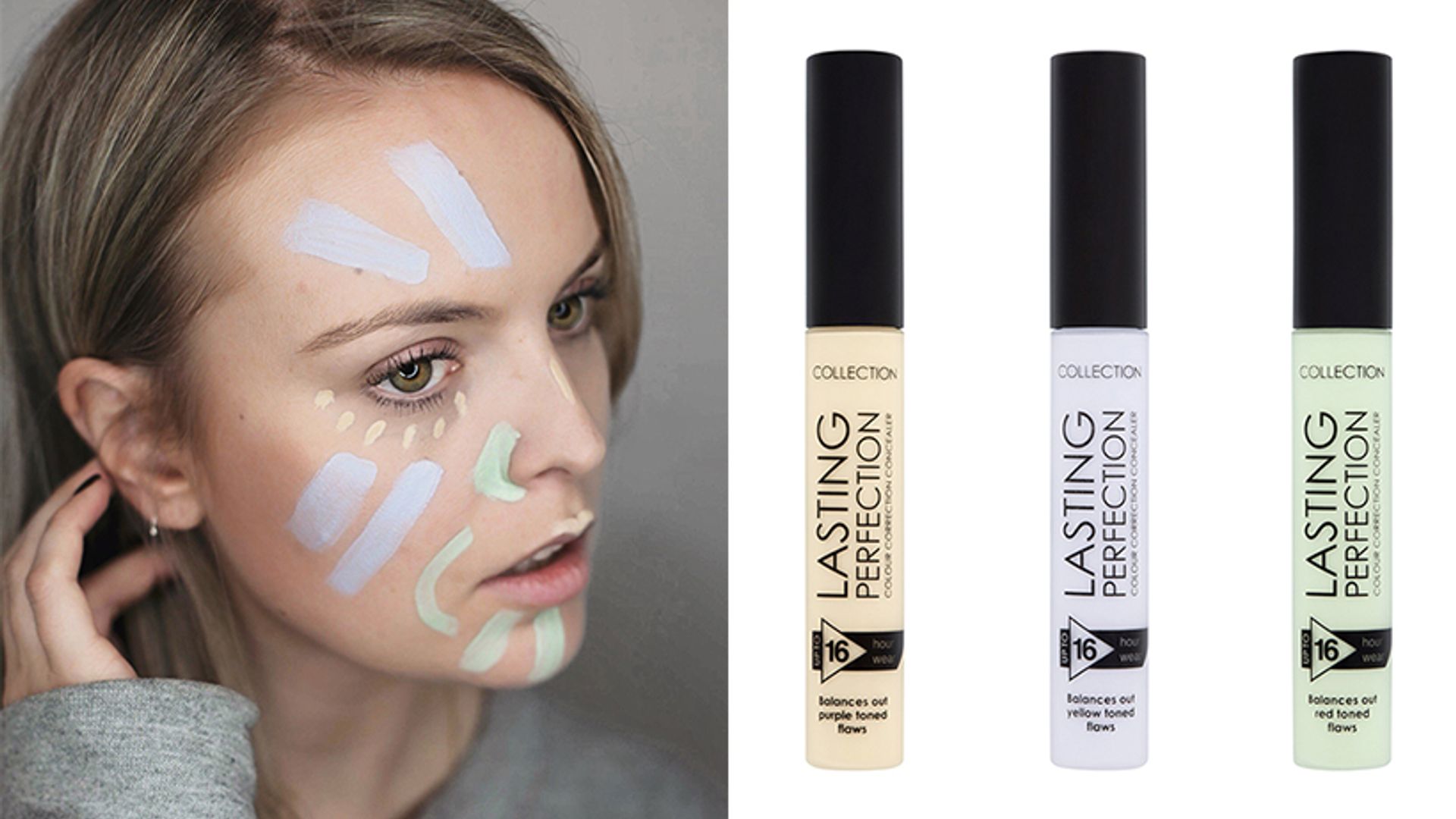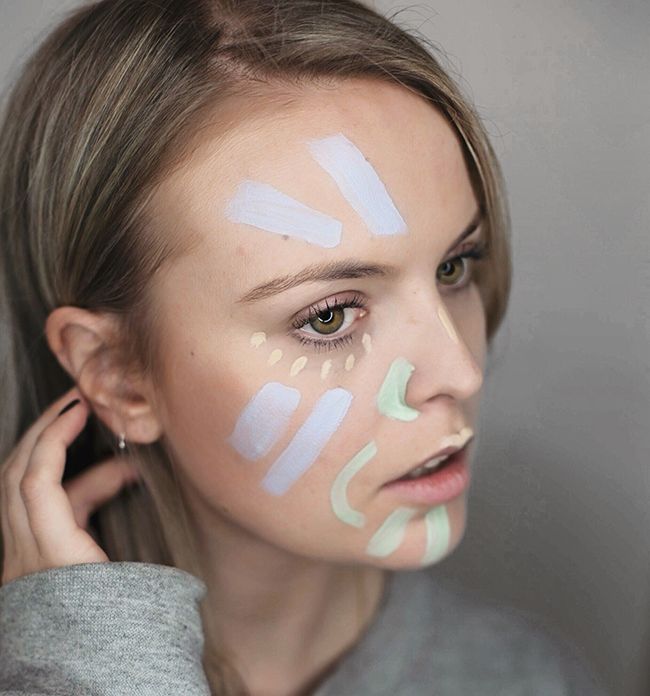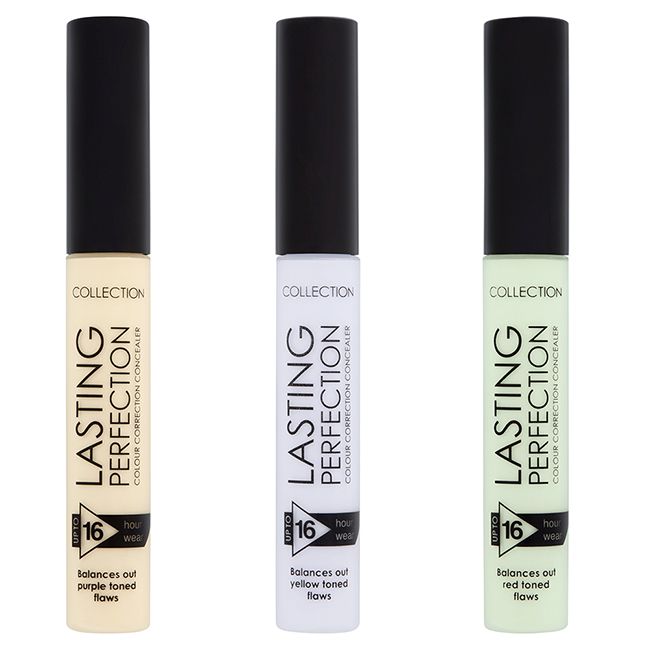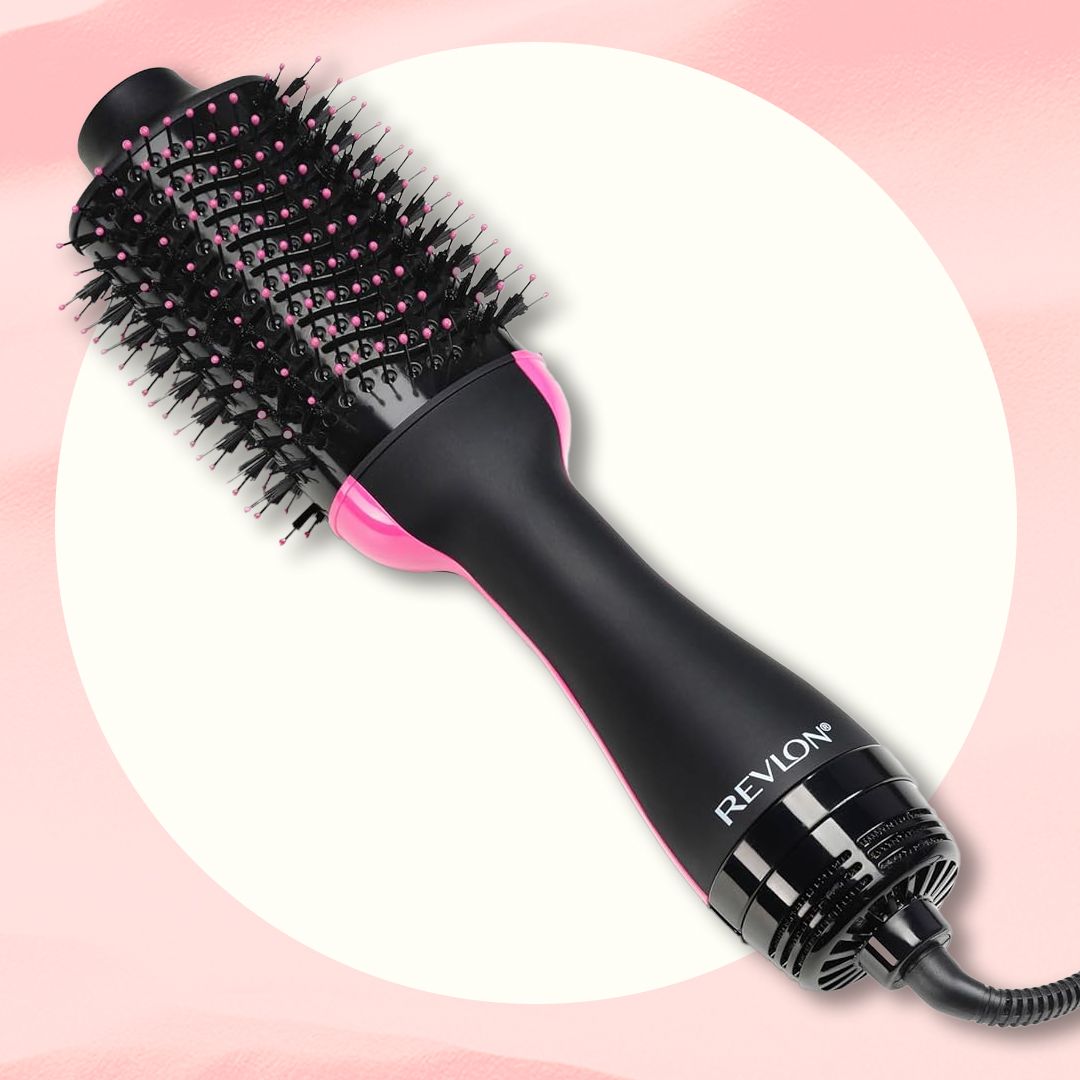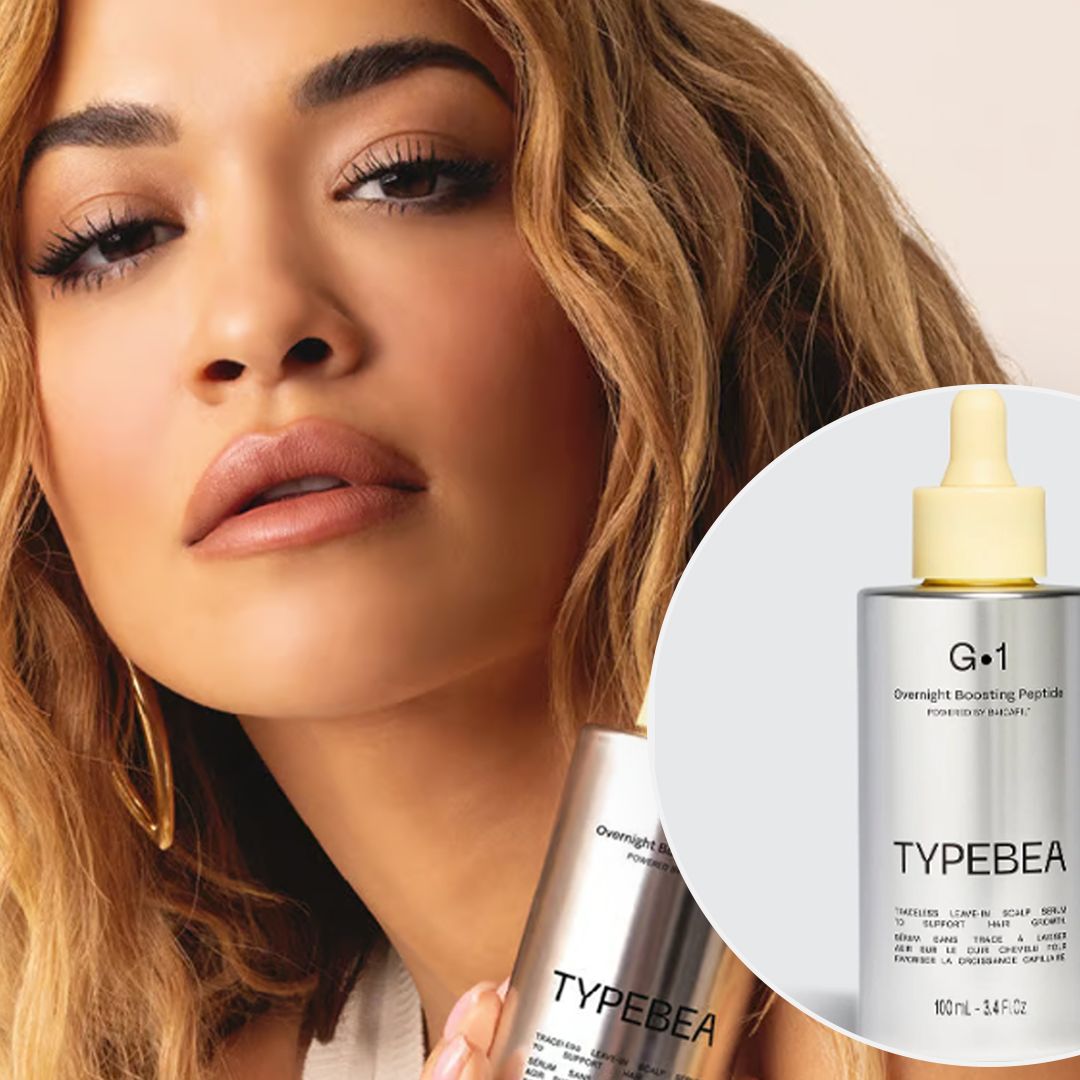Once strictly a make-up artist secret, colour correcting is now widely used and it's easy to get your hands on products to try it out. It helps create a flawless base by targeting three common skin concerns - blemishes, dark circles and dullness.
But those lilac, yellow and green colours can be a bit intimidating. So I got some top tips and tricks from Collection celebrity make-up artist Francesca Neill on how to colour correct, well, correctly...
A visual guide as to where to apply each colour
1. Less is more
"I regularly see people who have used too much colour correcting product, and this results inuneven foundation application and a thick, patchy effect," says Francesca, who swears by the new COLLECTION Lasting Perfection Colour Correctors. "The new products are highly pigmented, meaning a little goes a long way. Start off by applying a small amount, then build as required."
2. Make sure you know what use each colour has
"As a rough guide, use the lemon shade to conceal dark circles, the green to counteract any redness or blemishes and lilac to brighten dull or sallow skin," advises Francesca. "Remember, each person's complexion is unique and you may need different amounts for each area of your face."
Collection have launched new Colour Correctors
3. Blend quickly
This is actually something I'd never thought about, but Francesca says it's important not to let the product sit. "I tend to blend each colour stage as I go along to avoid the product caking. I'll focus on each stage individually then go over the whole face with a beauty blender at the end to ensure all of the shades are fully blended together for a flawless finish."
4. Don't go straight in with foundation
"Another common mistake I see is people applying their foundation too quickly after this stage, resulting in all of the product blurring together," says Francesca. "Wait at least a few minutes to allow the colour correctors to settle and dry on your skin. Try and apply your foundation lightly - this will avoid the base rubbing off or shifting."
5. Only apply when needed
This one is important. While I like using the green to counteract redness and the yellow under my eyes, I just don't feel like I need the purple. Francesca advises identifying your skin concerns before applying the products: "Thanks to the YouTube colour correcting phenomenon, I regularly see people applying large amounts of all the shades, regardless of whether they need it. Colour correcting works best when it is targeted, so use only on any problem areas - such as under the eyes after a late night, or to help even out redness if you're having a breakout."
